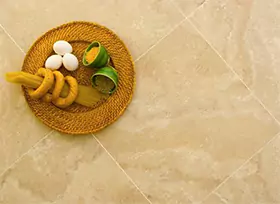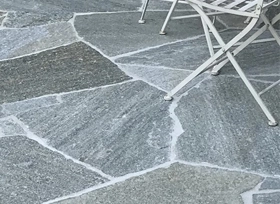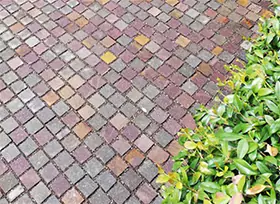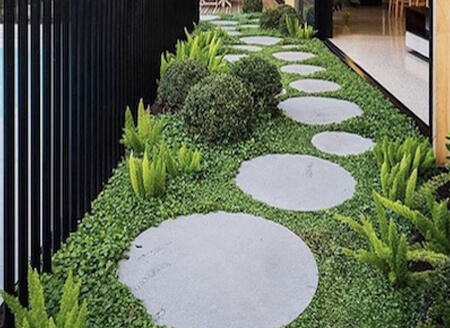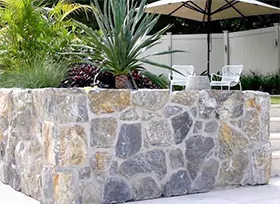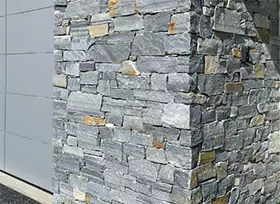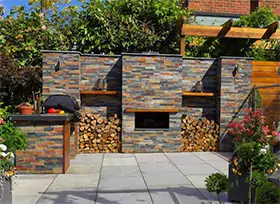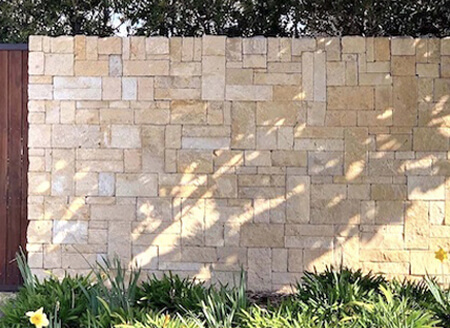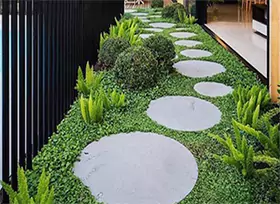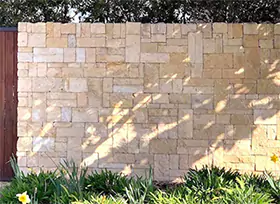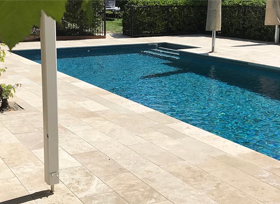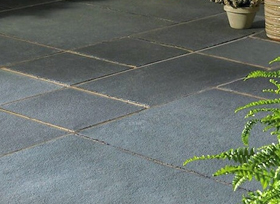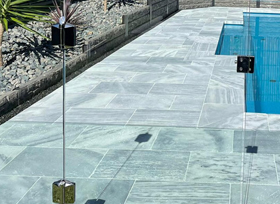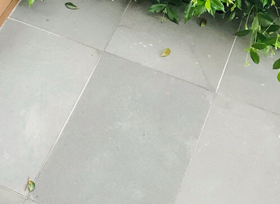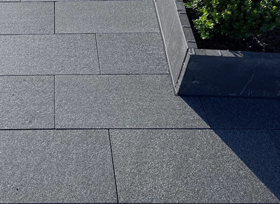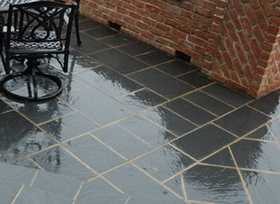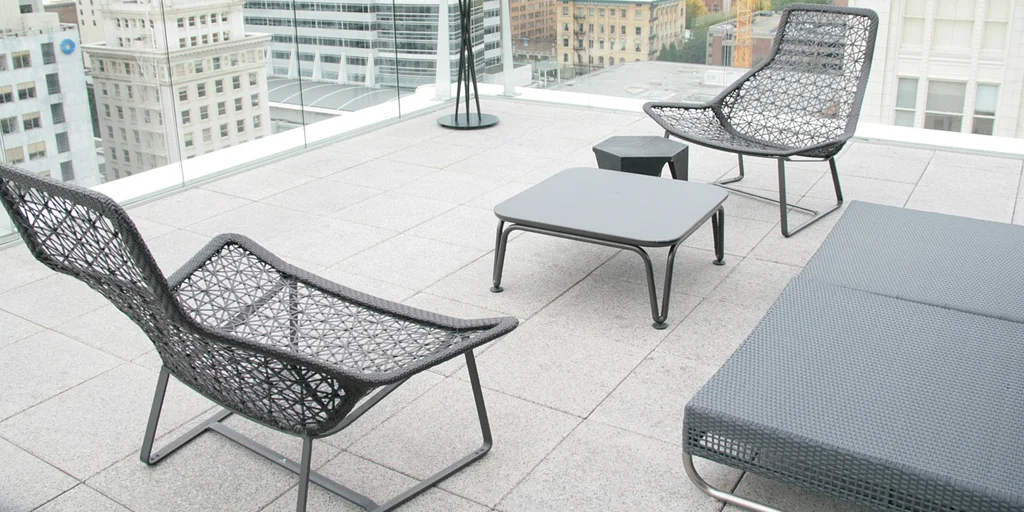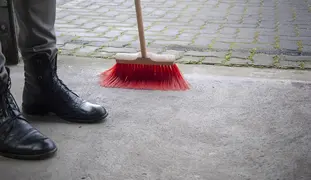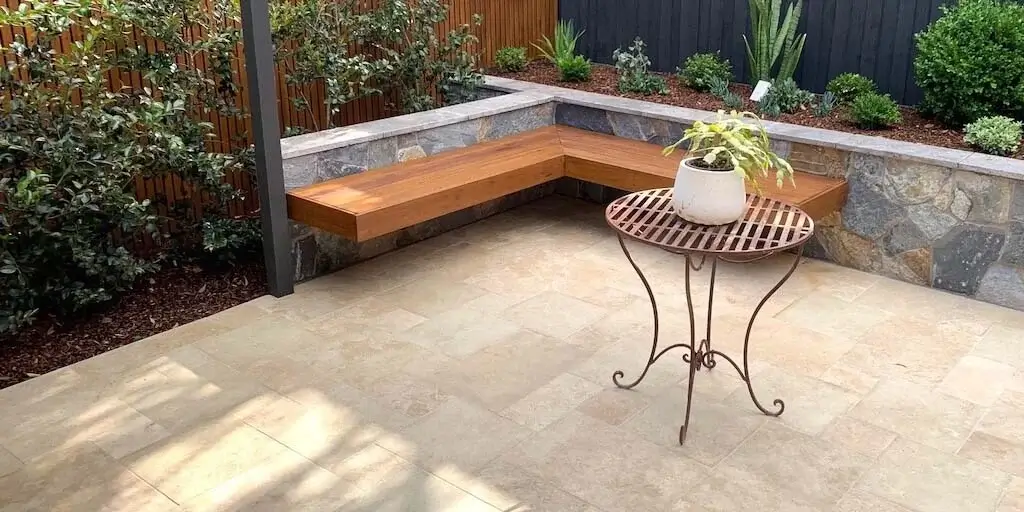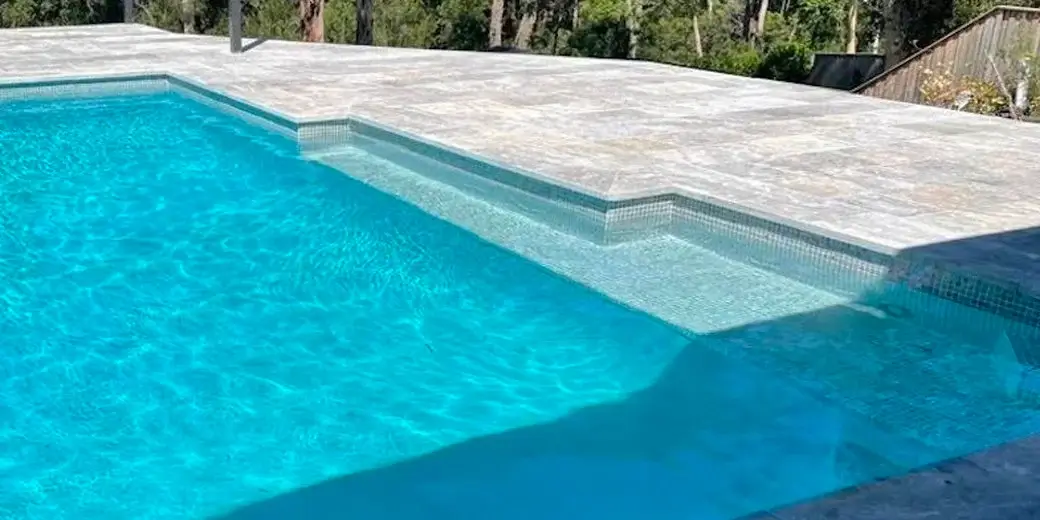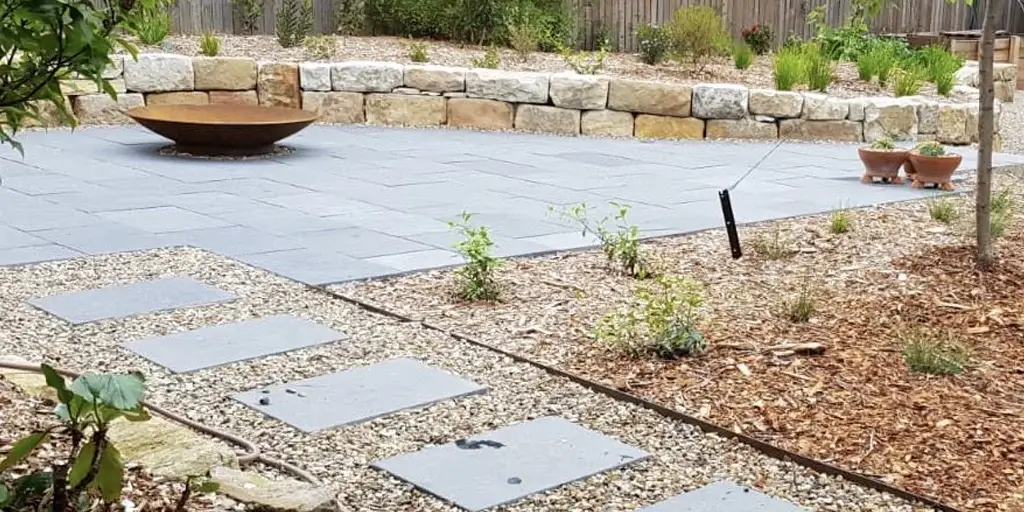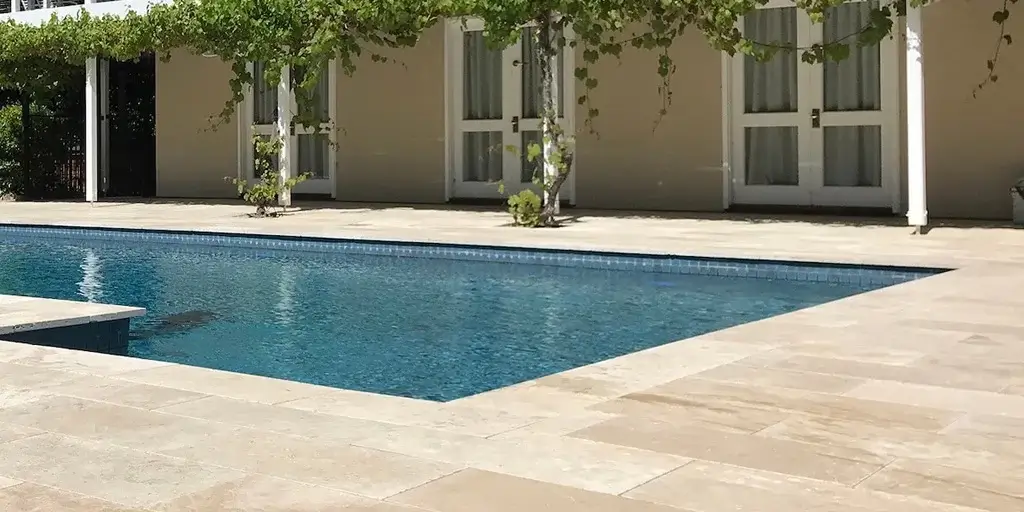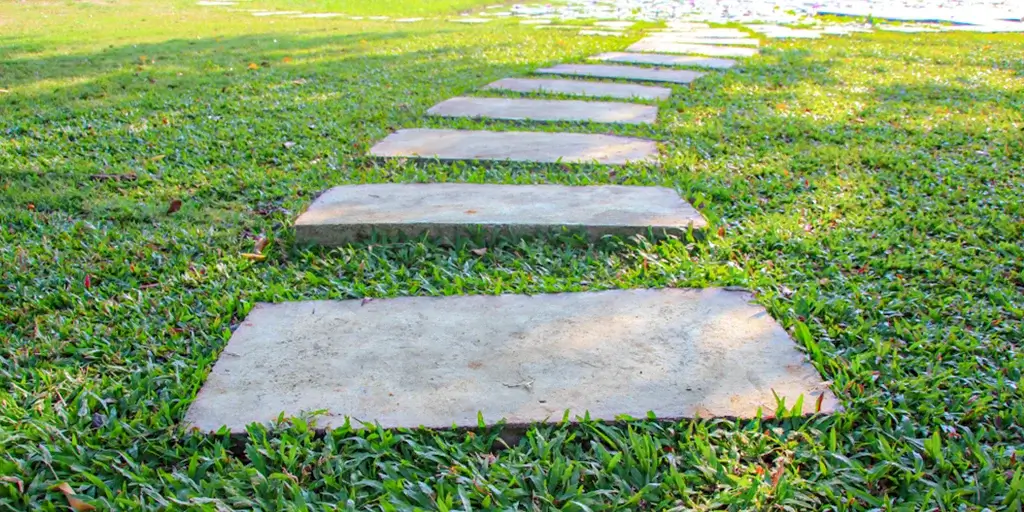Beautiful Outdoor Tiles can transform the aesthetics of any property. From chalky Limestone to classy soft shades of Travertine, choices are many. The selection of tiles depends on several factors like cost, aesthetics, durability, and maintenance, among many more.
Exterior tiles are generally used in gardens, alfresco, staircases, walls, decorative trims, terraces, and many other places. The thickness of tiles varies between 15 and 20 mm whereas in the case of French Pattern the thickness of tiles starts at 12mm. This thickness can endure general physical wearing and average footfall.
Now coming back to the factors to consider while you choose outdoor tiles for your project.
Durability
Natural stones are durable and can withstand weathering with ease. Granite tiles are considered the most durable tiles that can last long without breaking or cracking. Travertine, Limestone, Marble, and Bluestone fall in the same category of strength with minor differences in their durability. However, every natural stone has pores that make them absorb moisture or stains. Hence sealing them is crucial for their longevity and damage prevention.
Maintenance
The degree of maintenance depends on the porosity of natural stones. However, if they are sealed, maintaining them becomes a tad easy. To clean outdoor tiles, avoid using acidic or strong chemicals. Especially Travertine, Limestone, and Marble as they are highly acid sensitive.
Stones that need straightforward maintenance are Granite, Bluestone, and Slatestone as they are scratch-resistant, do not crack or break easily and endure physical wearing.
Slip-resistance
One of the most important features to consider for outdoor tiles is the stone's grip. Do keep in mind that grainy, cleft, and unfilled surfaces are often anti-slip in nature. Granite is hence the most preferred stone for using outdoors due to its exfoliated or bush hammered texture. The same is the case with Sandstone which is naturally slip-resistant with its sandy, grainy texture. Unfilled Travertine and Limestone follow next.
Weather conditions
If you live in an area that experiences freeze-thaw cycles, you need tiles that withstand the weather extremities. Porcelain is the best tile for external use as it has low water absorption and is resistant to freeze-thaw. Porosity of natural stones can be controlled by sealing them. Sandstone, Travertine and Limestone would withstand average weather conditions after sealing. Granite also needs to be sealed but is highly resistant to temperature fluctuations naturally.
To check if the outdoor tile is sealed and waterproof, pour a cup of water. If the tile doesn't absorb water in 5 minutes, it is properly sealed. Tiles with improper sealing will absorb water in short while and get a dark patch of colour.
Heat endurance
All outdoor tiles are heat-resistant and generally do not shatter at high temperatures. Granite is the toughest of all stones with high heat resistance. Having said that, natural stones get hot in Sun, including Granite. But Limestone and Travertine tiles are exceptions. They remain cool because they absorb the coolness of Earth beneath instead of absorbing the heat of the Sun.
Colour and appearance
These two factors together play an important role in tile selection for outdoors. Light coloured tiles are often used to make smaller spaces look bigger. They are also the best for places that are partially dark or do not receive much natural light. The fact that shades of beige, ivory, and cream make spaces look elegant and royal, Marble, Limestone, and Travertine are the hottest picks.
However, light-hued tiles at times make outdoor space washed out if they receive abundant natural light. Also, their chances of getting stained and soiled are higher. To counter these issues, you can go for darker colours like grey, black, or red available in Granite, Slate, Bluestone, and few varieties of Limestone. The appearance of tiles depends on your taste and the look of the property. Natural stones have unique patterns, and no two tiles would be the same. In case you want a uniform look with no variation, choose Porcelain.
The last word
Apart from the above-mentioned factors, there are other elements to consider, like budget, size of the project and availability of stones. The final decision depends on what functions of the stones you are focussed on. We hope this blog post helps you make a wise decision as you get involved in your project.
If you wish to know more or receive free samples, please feel free to reach out to us at [email protected] or chat with our sales team on 1300 830 274.
*Disclaimer: All information and advice given above in the blog are to the best of our knowledge. Please reconfirm at your end before execution.




